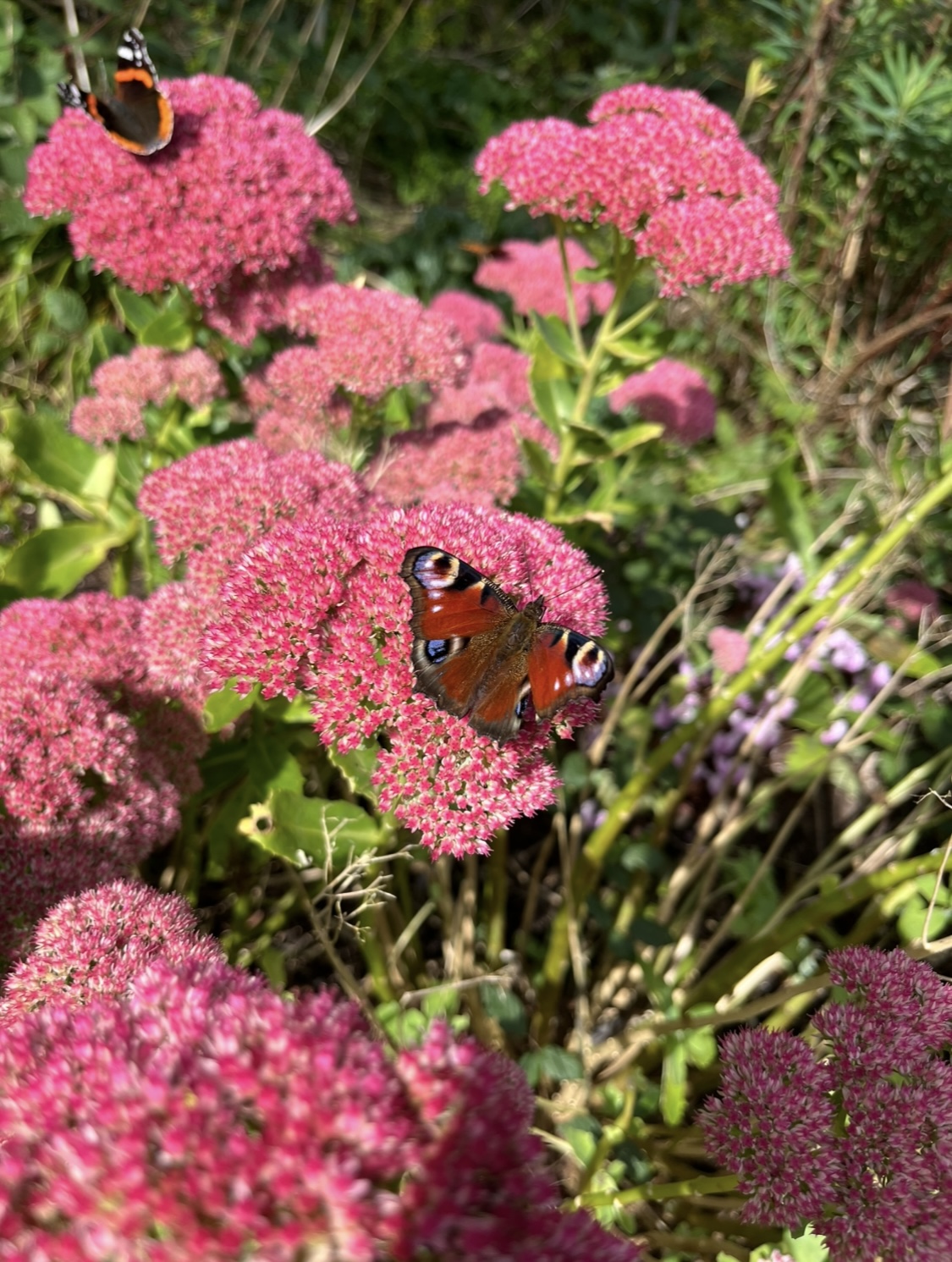Isle of Wight deliveries & Collections only

Hylotelephium ‘Herbstfreude’ (Sedum Autumn Joy)
£4.00
Out of stock
🌿 Hylotelephium ‘Herbstfreude’ (Sedum ‘Autumn Joy’)
Sedum ‘Autumn Joy’ — also known as Hylotelephium ‘Herbstfreude’ — is a late-season powerhouse that delivers bold, architectural interest just as many summer plants begin to fade. Its succulent, blue-green foliage forms tidy clumps, topped from late summer by large, flat flower heads that open pink and age to rich coppery red. Much loved by pollinators and striking in every stage — from bud to winter seedhead — it’s a long-term favourite for good reason.
Specifications:
Height: 40–60cm
Spread: 40–60cm
Flowering: August to October 🍂
Position: Full sun
Soil: Well-drained; ideal for chalky, sandy, or stony soils
🌿 Note for Isle of Wight planting:
This sedum thrives in coastal gardens, gravel borders, and dry, sun-baked spots across the island. Its drought tolerance and ability to withstand salty breezes make it particularly well-suited to the Isle of Wight’s conditions. Leave the seedheads standing through winter for sculptural interest and wildlife shelter, then cut back in early spring.
🌿 Ideal Companion Plants for Sedum ‘Autumn Joy’ (from your Green Standard range):
1. Salvia ‘Caradonna’
The upright, inky stems and violet blooms of Salvia contrast beautifully with Sedum’s domed, late-season flower heads.
2. Achillea millefolium ‘Terracotta’
Blending tones of copper and peach, this Achillea mirrors Sedum’s maturing colours while flowering slightly earlier.
3. Pennisetum orientale ‘Flamingo’
Soft grass plumes complement the fleshy structure of Sedum, adding texture and movement to the border.
4. Nepeta ‘Six Hills Giant’
Their shared love of full sun and dry soil makes this pairing as practical as it is visually harmonious.
5. Geranium ‘Rozanne’
As Sedum starts to colour, Geranium ‘Rozanne’ keeps blue tones going at ground level — perfect for a layered, extended display.
🌟 The Green Standard Tip:
Pinch back stems in early summer for bushier growth and sturdier flowering heads — especially helpful in richer soils. Ideal for pollinator borders, modern perennial schemes, and wildlife-friendly gravel gardens.
